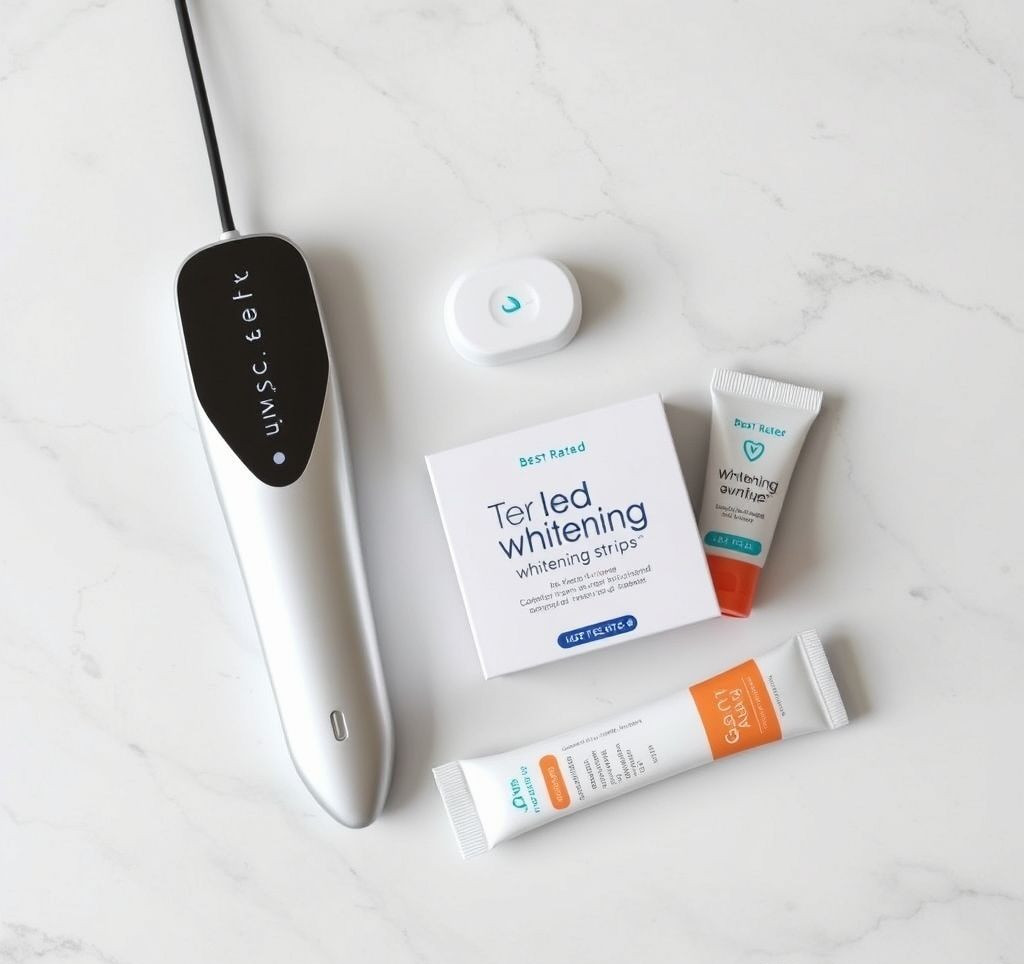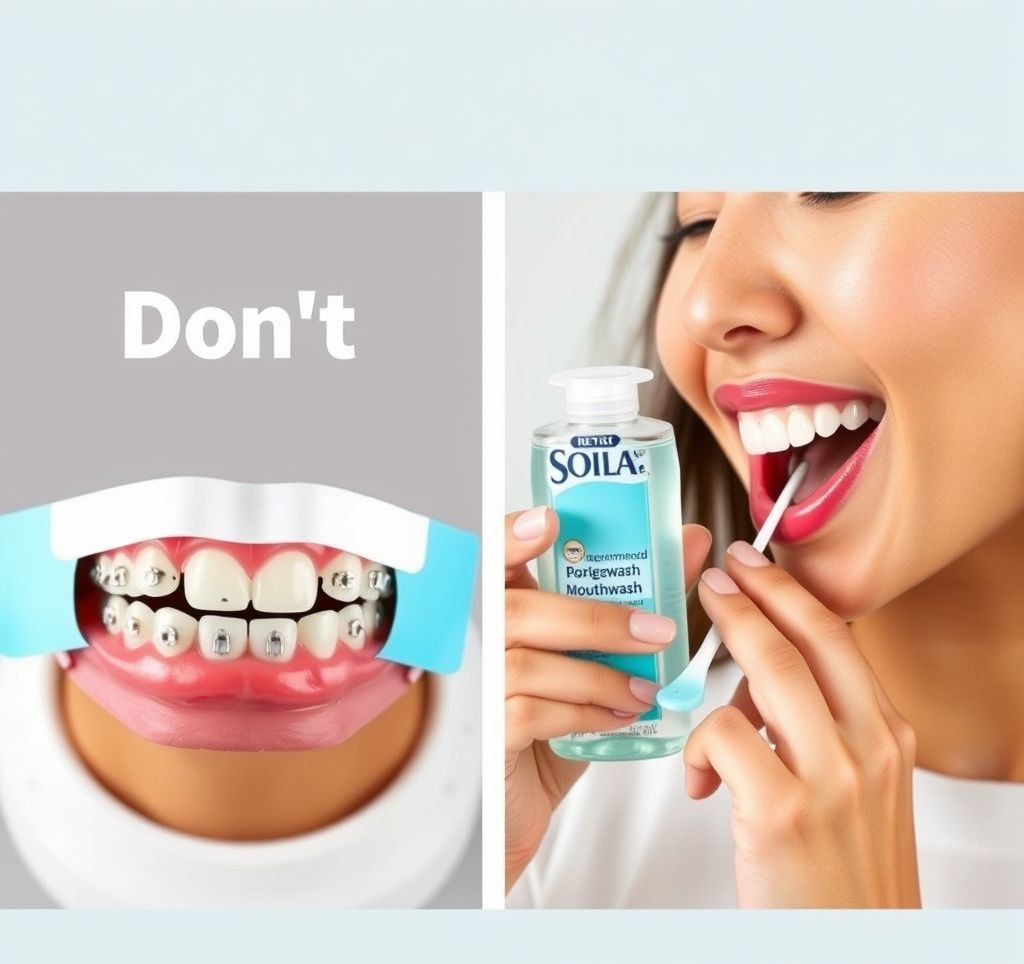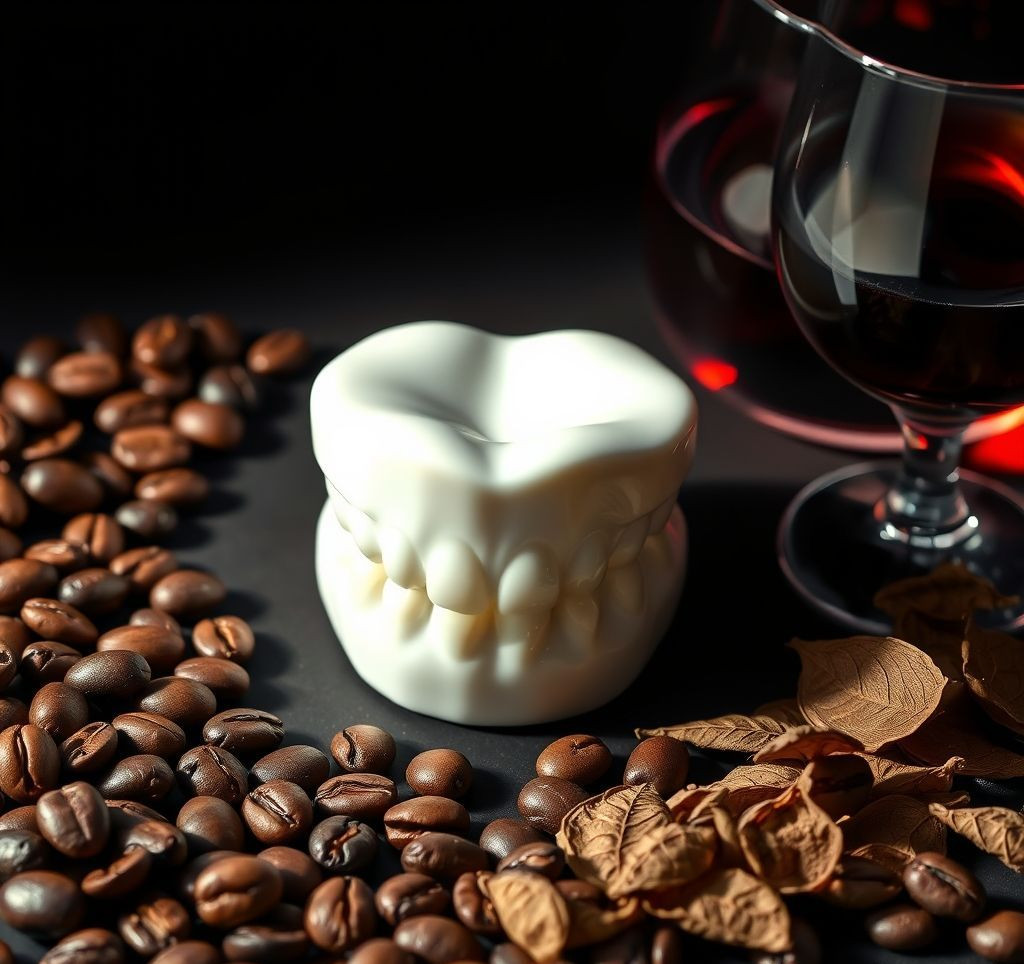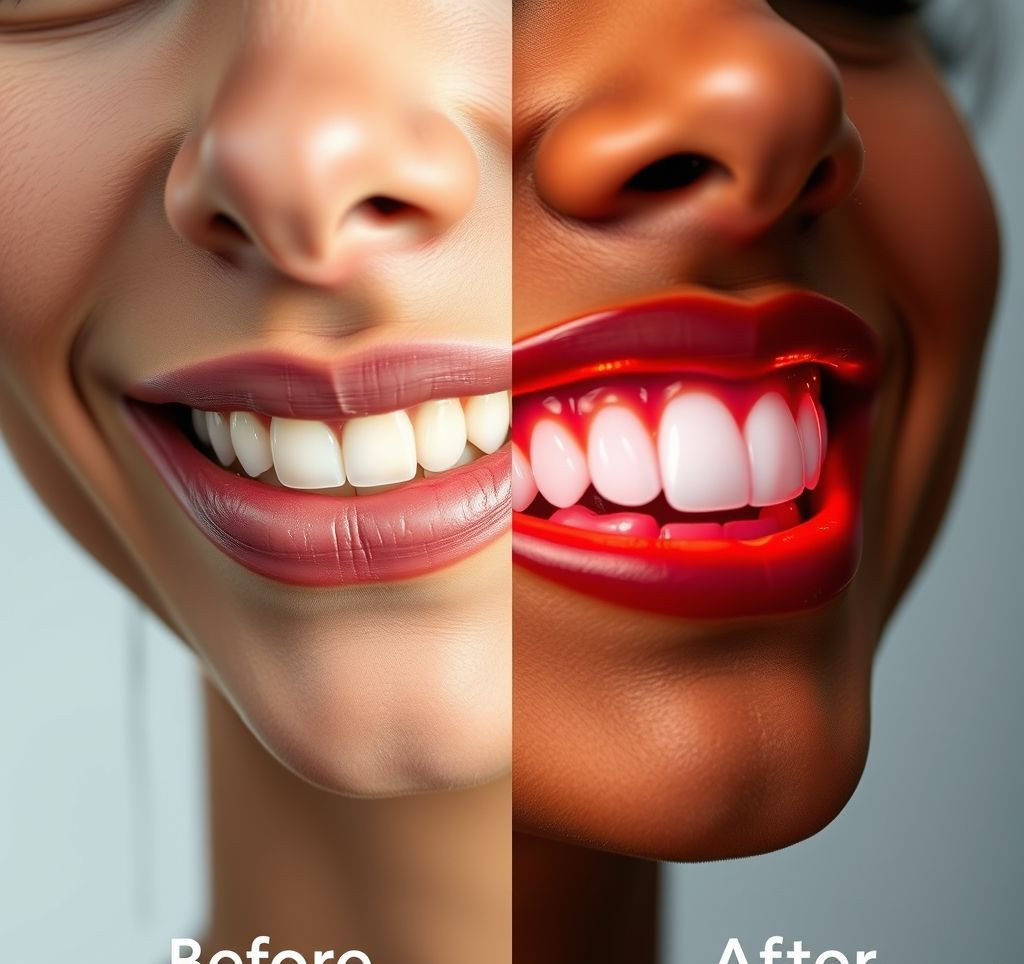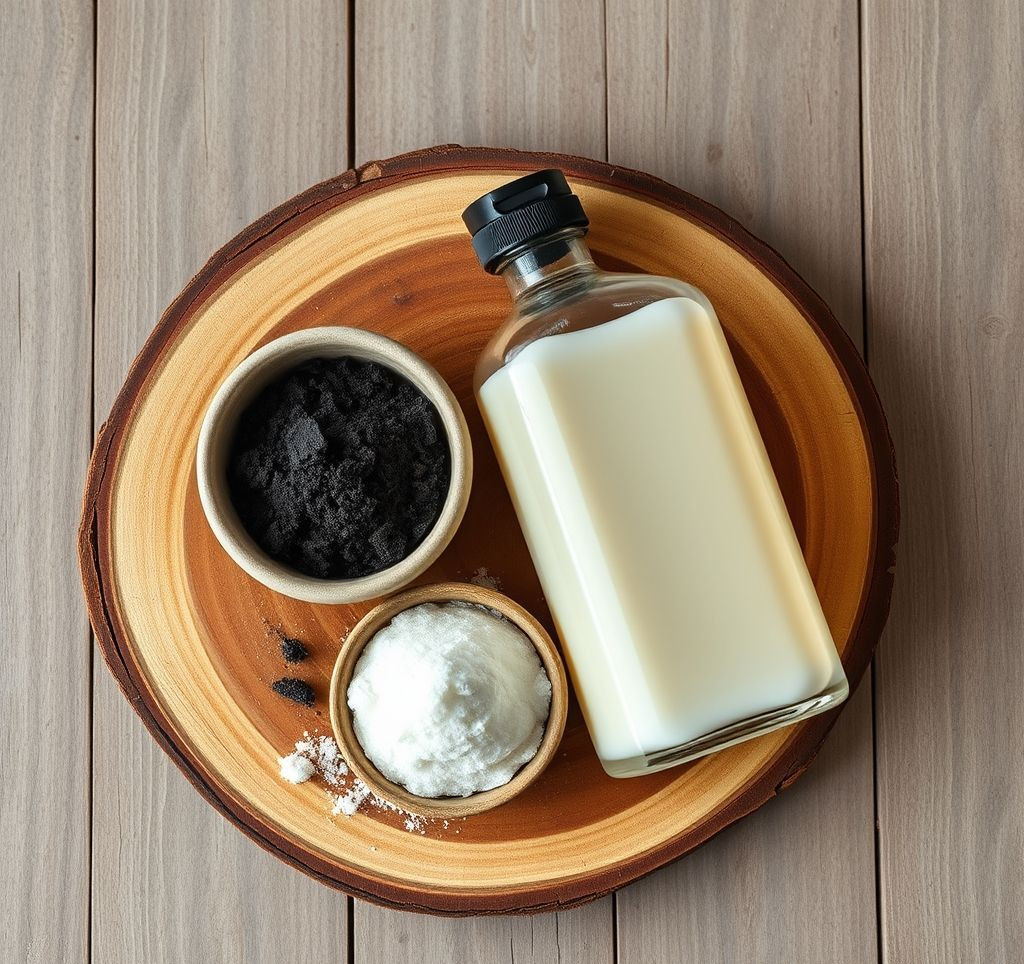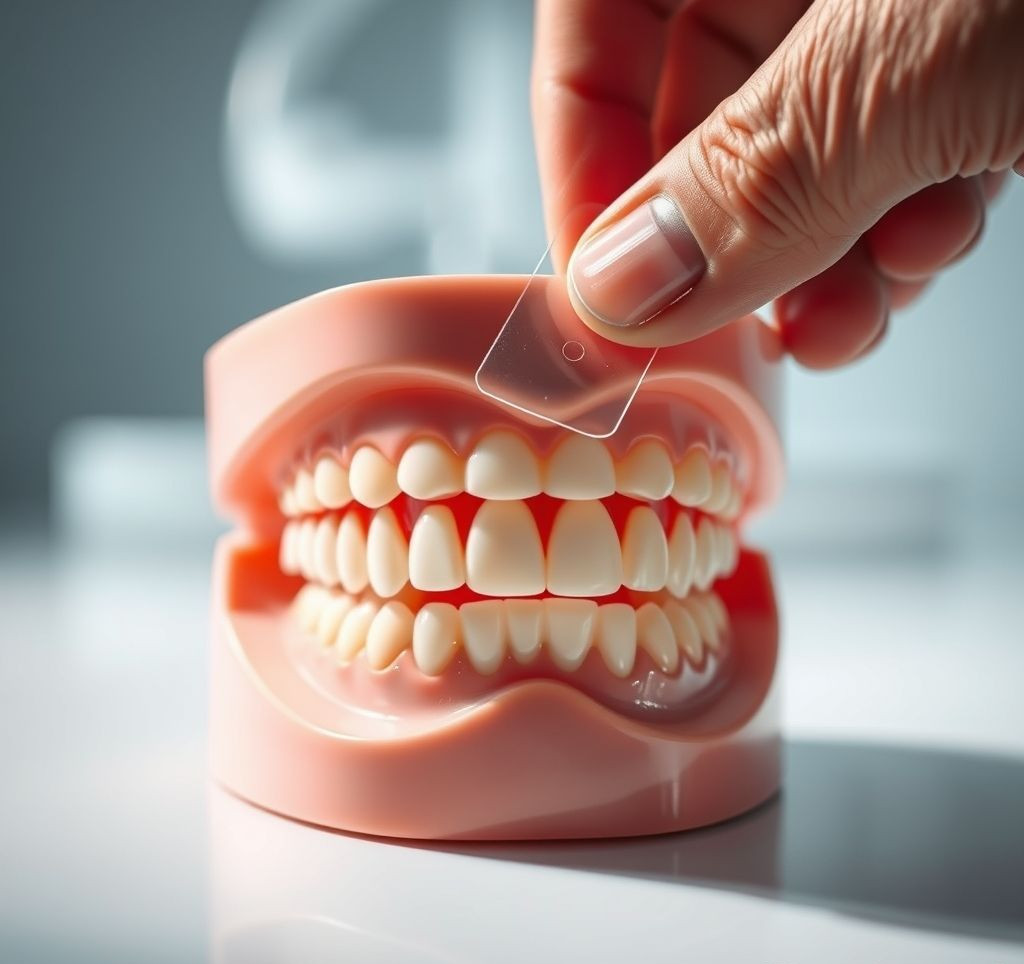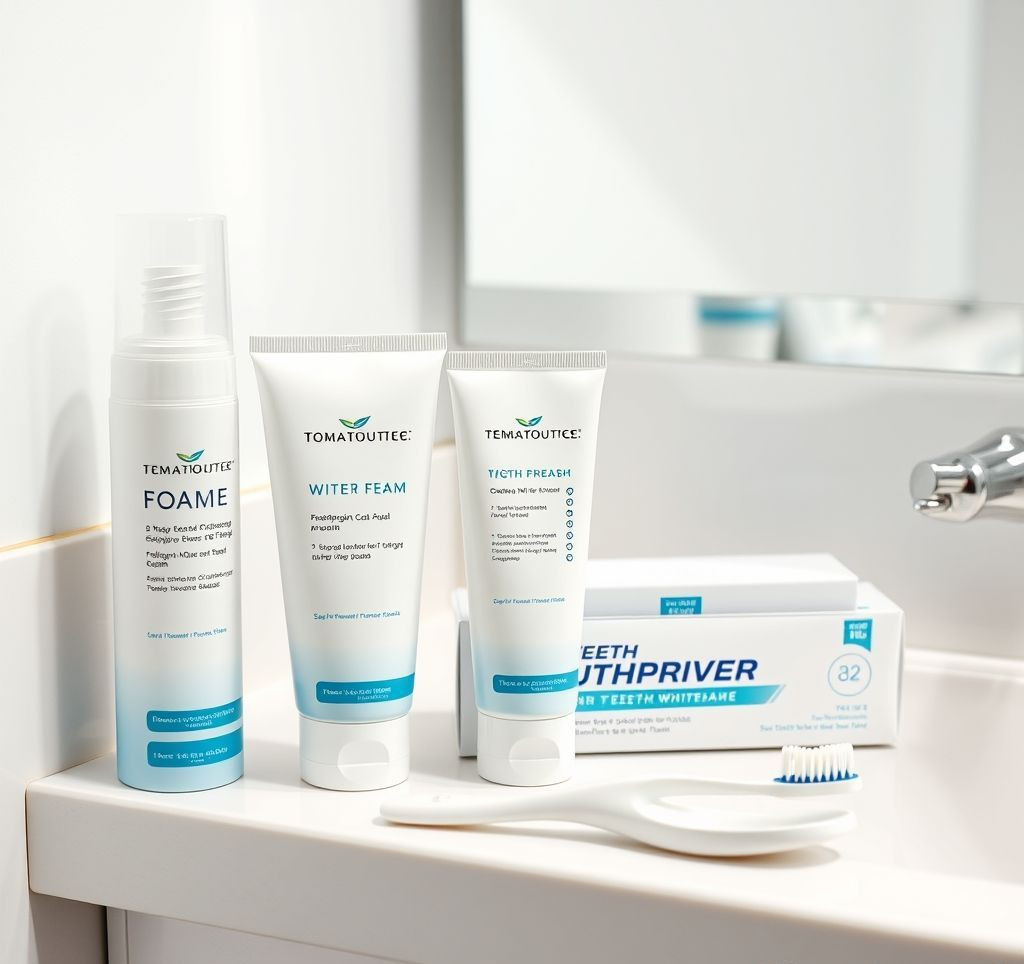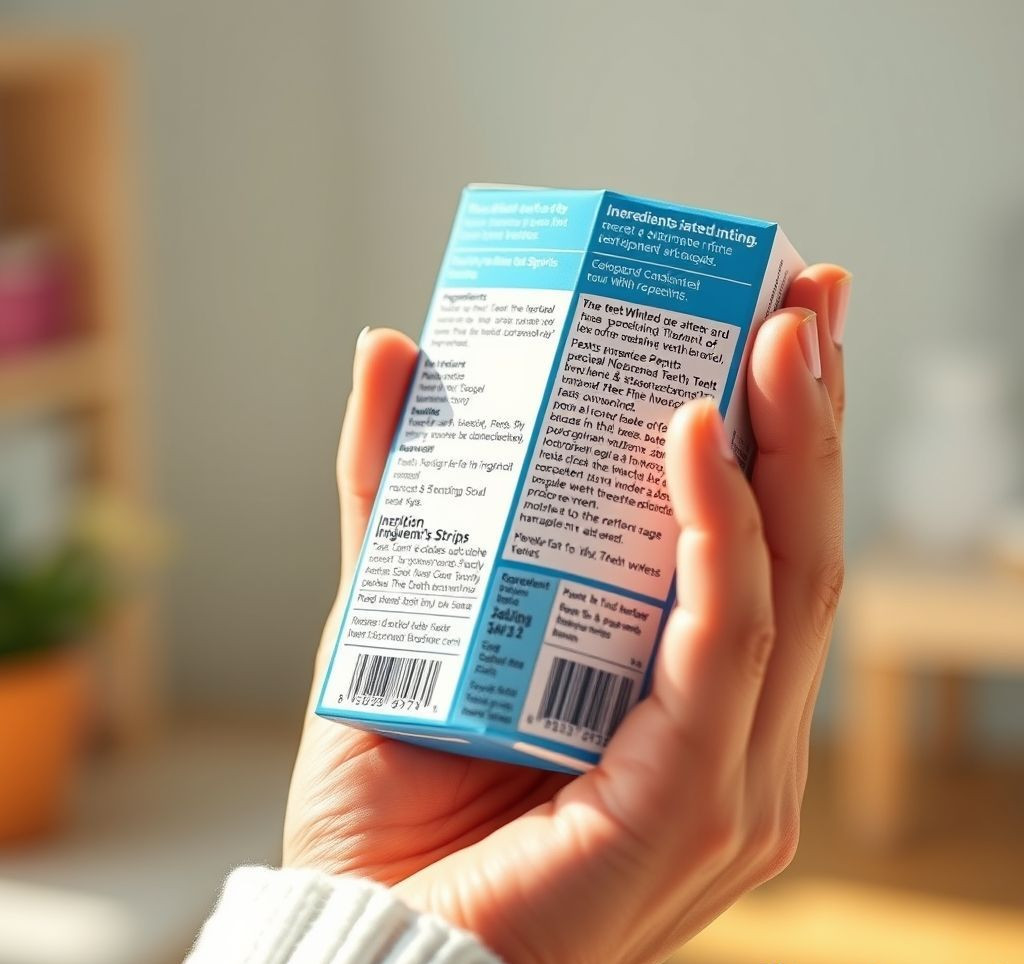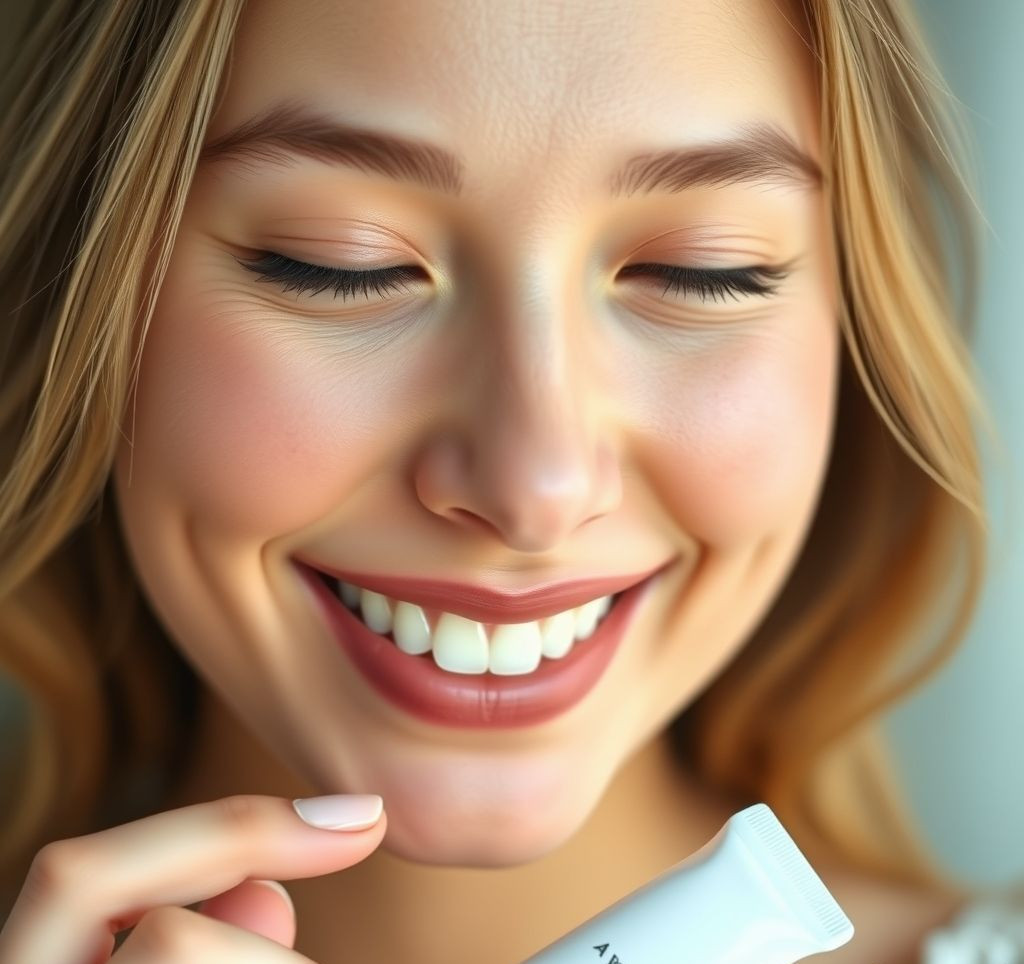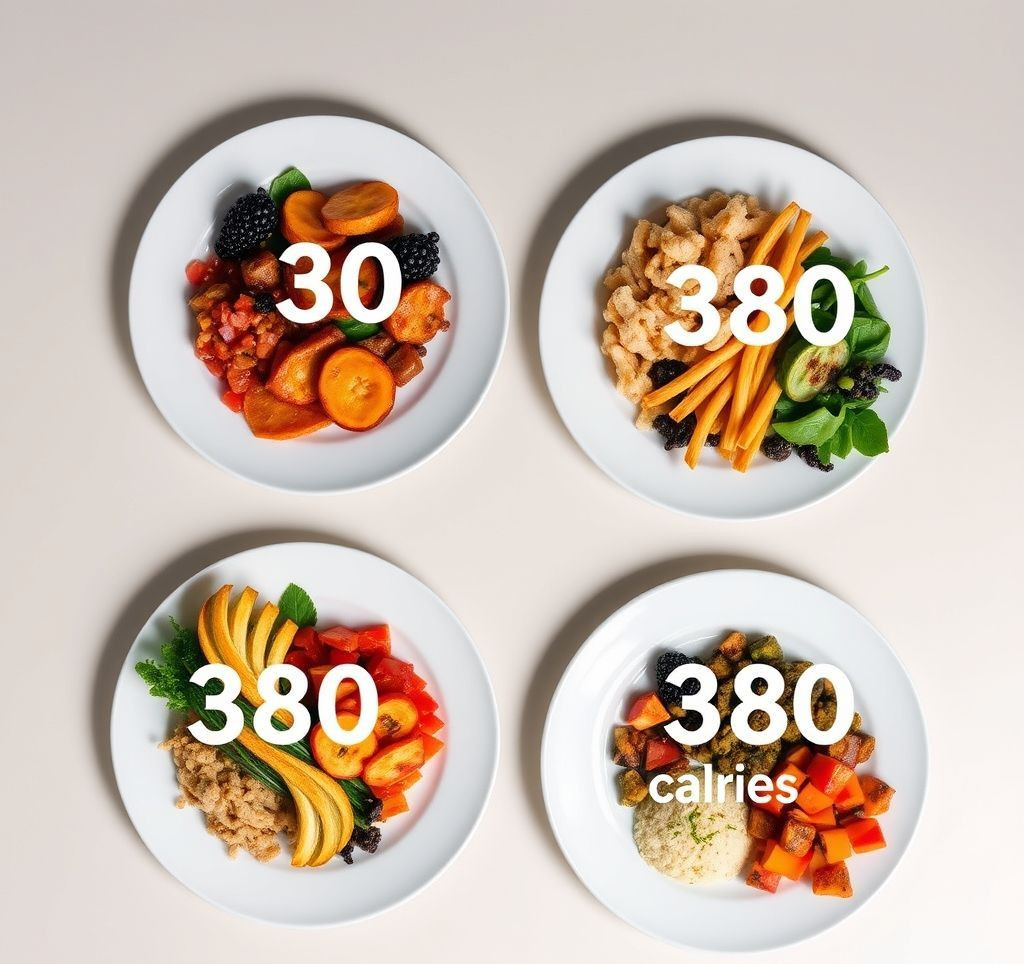Dreaming of a brighter, whiter smile? Teeth whitening is a popular choice for enhancing your appearance and boosting your confidence. But as you consider pursuing professional or at-home teeth whitening, it’s crucial to understand what realistic teeth whitening results look like. This article will explore the factors that determine how much whiter your teeth can get and how to maintain your dazzling new smile. Understanding the process and setting appropriate expectations is key to a satisfying experience.
Understanding the Factors Influencing Teeth Whitening Results
Achieving your desired teeth whitening results isn’t just about choosing a method; it’s about understanding the variables at play. Several factors influence how significantly your teeth can brighten. Recognizing these aspects ensures a more predictable and positive outcome.
- Starting Shade: The initial color of your teeth is the most significant determinant. Teeth with darker stains may require more treatments or a longer process to achieve noticeable teeth whitening results.
- Type of Staining: Stains can be categorized as extrinsic (surface stains) or intrinsic (deeper stains within the tooth). Extrinsic stains caused by coffee, tea, or smoking are usually easier to remove. Intrinsic stains, often caused by medications or aging, can be more challenging and may require professional treatments.
- Whitening Method Used: The effectiveness varies significantly between over-the-counter products, dentist-prescribed treatments, and in-office procedures. Professional whitening often provides faster and more dramatic teeth whitening results.
- Individual Tooth Structure: Enamel density and thickness vary from person to person and even between different teeth in the same mouth. Teeth with thinner enamel may show results more quickly but also be more sensitive.
- Adherence to Instructions: Following the instructions for your chosen teeth whitening method is crucial. Inconsistent application or overuse can lead to suboptimal teeth whitening results or increased sensitivity.
Teeth Whitening Shades & Measuring Results
To quantify the improvements from teeth whitening, dentists often use a shade guide. This guide consists of different tabs representing various tooth shades, allowing professionals to accurately measure how many shades lighter your teeth become after a procedure. Understanding this process helps manage expectations regarding realistic teeth whitening results.
The VITA shade guide is a common tool. The scale progresses from light to dark, with categories like A (reddish-brownish), B (reddish-yellowish), C (grayish), and D (reddish-gray). Teeth whitening results might be described as moving from a shade A3 to A1, indicating a significant lightening. Historically, the dental shade guide emerged in the early 20th century and continues to evolve as restorat
ive materials and cosmetic dentistry advance.“Tooth whitening is considered a safe and effective procedure when monitored by the dental professional and when treatment guidelines are followed. However, it is important to recognize that individual results will vary based on tooth structure and type of stain.” – Journal of the American Dental Association, 2021
Achieving Optimal Teeth Whitening Results: A Step-by-Step Approach
Maximize your chances of great teeth whitening results with a considered approach.
- Consult with a Dentist: Before starting any teeth whitening treatment, consult with your dentist. They can assess your teeth, recommend the most suitable method, and rule out any underlying dental issues.
- Choose the Right Method: Based on your dentist’s recommendation and your budget, select a whitening method. Options include in-office treatments, custom-fitted trays with whitening gel, and over-the-counter products.
- Follow Instructions Carefully: Adhere strictly to the instructions provided with your chosen whitening method. This includes the duration of each treatment and the frequency of application.
- Manage Sensitivity: Some people experience tooth sensitivity during teeth whitening. Using fluoride toothpaste or desensitizing gels can help. If sensitivity becomes severe, consult your dentist.
- Maintain Good Oral Hygiene: Brush and floss regularly to remove plaque and prevent new staining. This helps prolong the longevity of your teeth whitening results.
Expert Tips for Maintaining Whitening Results and What to Expect
Once you’ve achieved your desired teeth whitening results, maintaining them is crucial. Maintaining whitening results involves some lifestyle adjustments.
- Limit Stain-Causing Foods and Drinks: Reduce your consumption of coffee, tea, red wine, and dark-colored sodas, as these can stain your teeth.
- Use a Straw: When drinking stain-causing beverages, use a straw to minimize contact with your front teeth.
- Rinse After Eating or Drinking: Rinse your mouth with water after consuming staining foods or drinks.
- Touch-Up Treatments: Consider occasional touch-up treatments with whitening trays or over-the-counter products to maintain your bright smile.
- Professional Cleanings: Regular dental cleanings help remove surface stains and keep your teeth looking their best.
Remember that individual experiences vary, and while teeth whitening can significantly improve your smile, it may not achieve a “Hollywood white” for everyone. Realistic teeth whitening results focus on brightening your natural shade several levels whilst keeping your teeth healthy and strong. Factors such as genetics and lifestyle greatly influence how long do teeth whitening results last.


